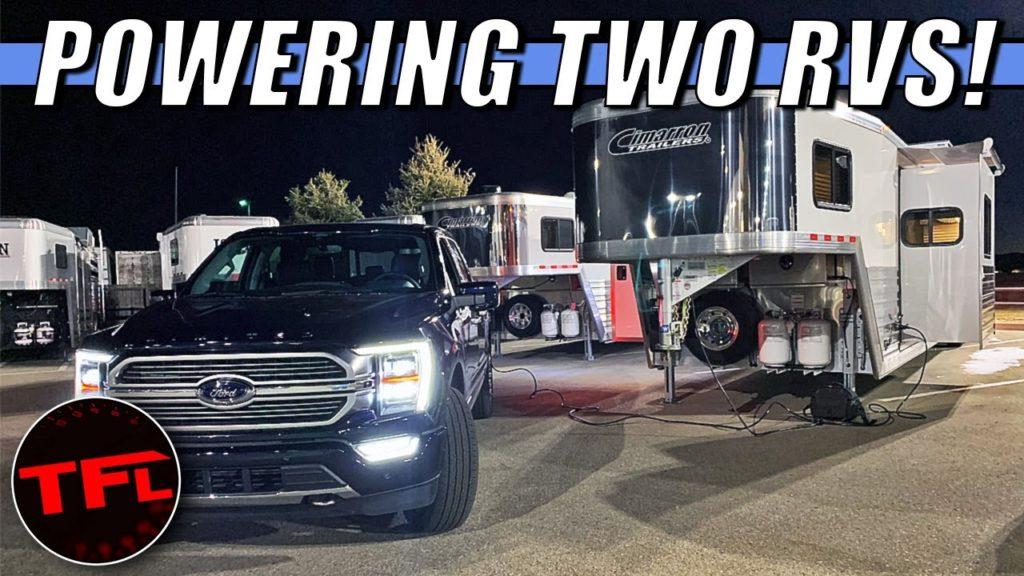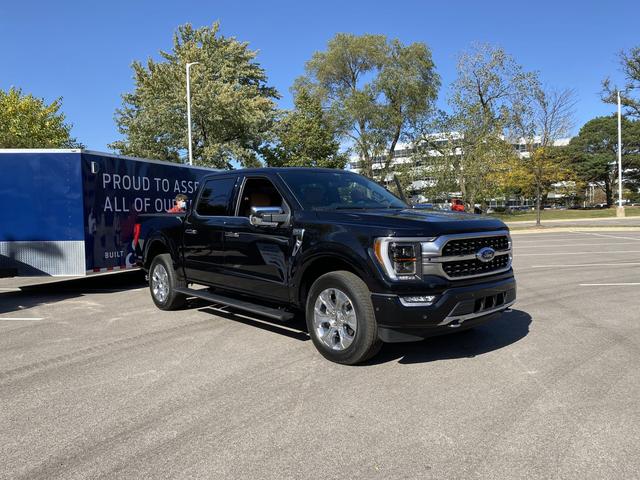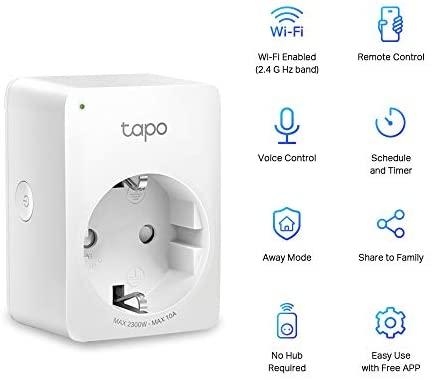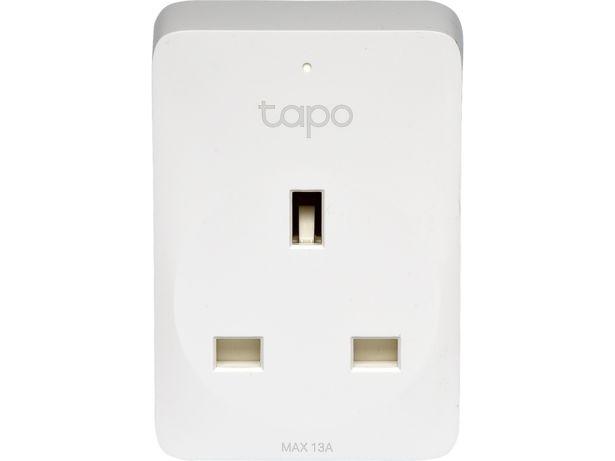The New Ford F-150's Onboard Generator Can Power a Ridiculous Amount of Equipment
Putting household-style electrical outlets in a production vehicle is nothing new. Minivans, trucks, and family cars have long offered onboard power for charging devices or powering low-demand equipment. But for the new F-150, Ford stepped it up significantly. The new truck is equipped with a generator system that can run power tools, mini fridges, loudspeakers, and more. Getting to that level of power, though, wasn't easy.
More on the new F-150The 2021 Ford F-150 Is a Refined Workhorse2021 F-150 Tremor Is an Off-Road WorkhorseIt started with market research that showed many F-150 customers use gasoline-powered generators at job sites, lugging them around in the back of their truck and fueling them separately. Any pickup truck can turn engine output into electrical power—why not utilize that capability and make the conventional generator unnecessary?
FordTo make that happen, Ford needed to provide a lot more power than a normal 12-volt battery system can spare. "Right now, the traditional outlets provide 150 or 400 watts of power. So basically, we are providing like five times more than that," Nigar Sultana, the engineer in charge of Pro Power Onboard, said.
Three different onboard generator systems are available. F-150s with conventional non-hybrid drivetrains get a 2.0-kW system, while hybrid trucks get upgraded to 2.4 kW or, optionally, a massive 7.2 kW of power, made possible by the hybrid's 48-volt lithium-ion battery pack. Ford claims that the top-spec 7.2-kW system can power a plasma cutter, TiG welder, chop saw, air compressor, angle grinder, and work light, simultaneously. That mobile welding shop can run for 32 hours continuously on a full tank, making all-day, heavy-duty work possible. If you don't need that much wattage, Ford says the 2.4-kW system can run a jackhammer or a mobile theater setup complete with a projector, loudspeakers, and popcorn machine for up to 85 hours.
Ford
Ford only expects about 10 percent of new F-150s will be hybrids, so it was important to offer Pro Power with the conventional drivetrains. That, Sultana says, was much more complicated. The standard 12-volt electrical architecture couldn't provide what they needed, so Sultana and her team designed a whole new 24-volt electrical system, using two conventional 12-volt batteries in addition to the standard battery.
In addition to those batteries, Pro Power-equipped non-hybrid F-150s get a second alternator. Thus equipped, F-150s with the 2.7-liter EcoBoost V-6, 3.5-liter EcoBoost V-6, or 5.0-liter V-8 can power a full tailgating setup with a TV, speakers, and a mini fridge. The generator system is completely separated from the rest of the vehicle's electrical system, adding a layer of safety and ensuring that any Pro Power system problems will not impact the drivability of the truck.
FordPro Power is smart. The system can be enabled or monitored through the FordPass smartphone app or via the truck's infotainment system. If you try to pull too much power, the system disables itself and sends you a notification. And on hybrid models, Pro Power will automatically turn on the gasoline engine as needed to ensure consistent power flow without draining the battery. (On non-hybrid F-150s, the engine has to be running for Pro Power to work.)
Surprisingly, the generator system even works while the truck is moving, so you can power your fridge on the way to the tailgate or keep your power tools charged as you drive between job sites. Ford won't comment on how Pro Power use affects fuel economy, but we suspect that keeping power-thirsty items plugged in while driving will lead to a measurable drop in MPG.
When the new F-150 arrives, Pro Power will be available on all grades of F-150—optional on conventional models and standard on all hybrids. Ford expects 17 percent of F-150s will be sold with Pro Power when the redesigned pickup goes on sale this fall.
This content is created and maintained by a third party, and imported onto this page to help users provide their email addresses. You may be able to find more information about this and similar content at piano.io


